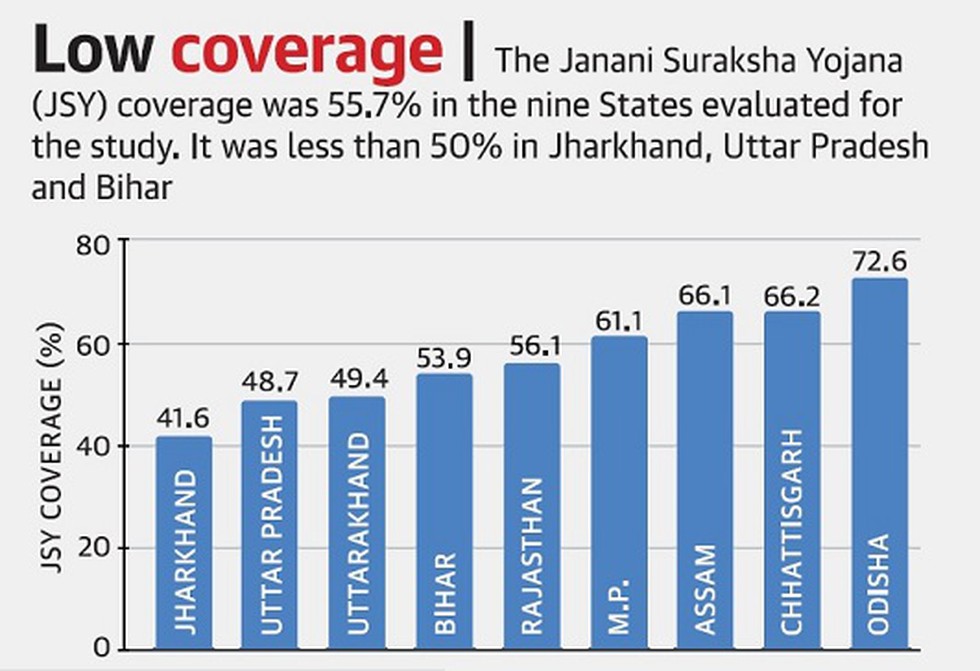Free Courses Sale ends Soon, Get It Now


Free Courses Sale ends Soon, Get It Now



Disclaimer: Copyright infringement not intended.
Context
Institutional delivery
Situation in India
The recent study

Findings
Other challenges
Need to promote Institutional deliveries
Maternal Health
WHO Recommendation and Findings
Government efforts
Janani Suraksha Yojana
Pradhan Mantri Surakshit Matritva Abhiyan (PMSMA)
Pradhan Mantri Matru Vandana Yojana (PMMVY)
LaQshya Programme
Way Ahead
https://epaper.thehindu.com/Home/ShareArticle?OrgId=GGQ9B3B6C.1&imageview=0
© 2024 iasgyan. All right reserved